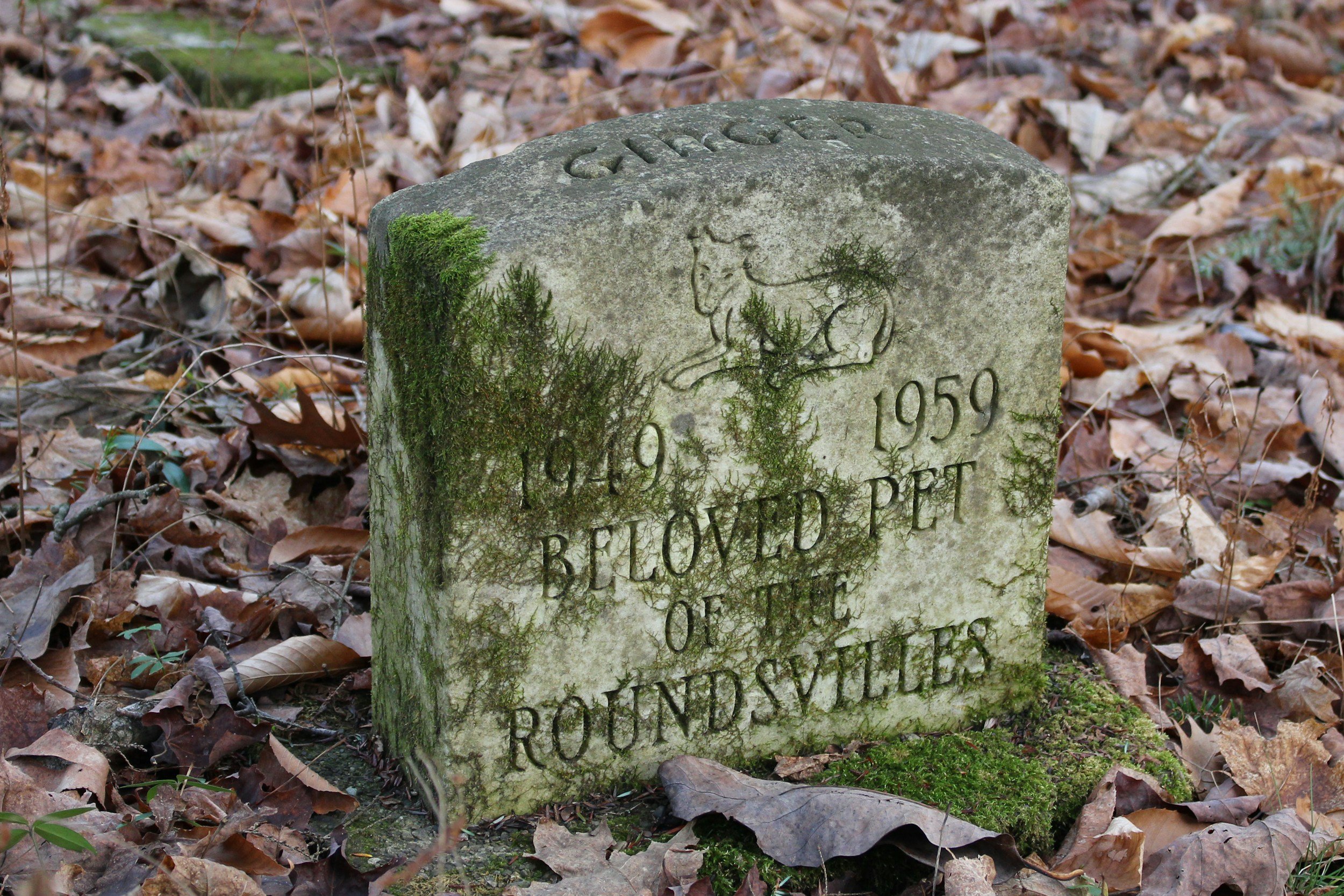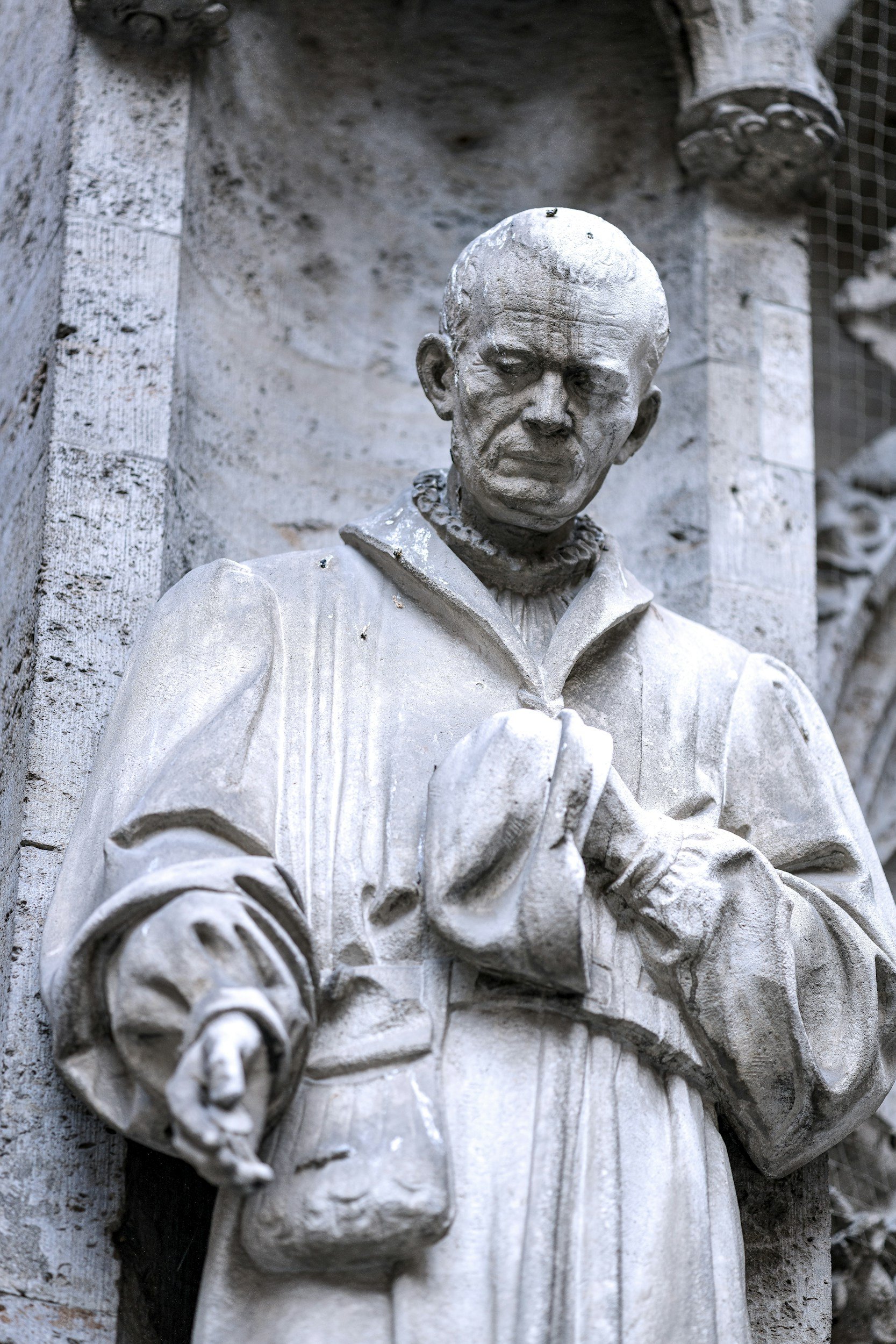
Love Isn’t Measured in Labor: Health Risks of Backyard Burial
Pet burial, especially at home, poses potential health concerns for both people and the environment. Animals that have been euthanized often carry residual pentobarbital, a strong sedative that remains in the body after death. If another animal—wild or domestic—were to disturb that grave, even trace amounts can be fatal. According to the FDA (2022), scavenged pentobarbital-laced remains have caused deaths in wildlife and even pets in rural and suburban neighborhoods.

When Grief Meets a Shovel: Rethinking Backyard Pet Burial
Grief researchers have shown that decision-making under emotional strain can lead to “complicated grief,” where the trauma of the moment interferes with healthy mourning (Shear, 2015). For families who later move, sell their home, or see their pet’s grave disturbed, the intended comfort of a backyard burial can evolve into guilt or anxiety.

What Happens to Your Pet’s Grave When You Move?
The average American moves over 11 times in their lifetime, often for work, family, or housing costs (U.S. Census Bureau, 2023). That means even the most well-intentioned backyard grave may one day be left behind. For many families, the emotional toll of abandoning a pet’s final resting place can be unexpectedly intense—and irreversible.

Running Out of Room: Why Burial Isn’t a Sustainable Option
The truth is, burial takes up space most households can’t afford to give. In high-density areas, zoning restrictions or HOA policies often prohibit backyard burials altogether. Even in rural communities, land use is shifting: small farms are being subdivided into residential lots, and land that once seemed private and permanent can be sold, rezoned, or developed.

Is Backyard Pet Burial Legal? What You Need to Know
Laws governing pet burial vary not only from state to state, but sometimes by county or city. In many regions, home burial is only allowed under strict conditions—if it’s allowed at all. For instance, some states require the burial site to be a minimum distance from water sources, wells, or inhabited structures. Others mandate a minimum depth, typically around three to five feet, to prevent scavenging and environmental exposure

How Backyard Pet Burial Can Harm Wildlife in the Eastern Great Plains
One major concern is the exposure of scavengers to euthanasia drugs like pentobarbital. These drugs remain active in the bodies of buried animals for months and can be lethal to any animal that digs them up. In Fargo and nearby areas, scavengers like red foxes, coyotes, raccoons, and domestic dogs are all known to investigate disturbed soil. Rural farms often attract these animals, increasing the risk of exposure in agricultural zones (North Dakota Game and Fish Department, 2022).

Why Backyard Pet Burial May Harm the Environment
When a pet is buried after euthanasia, residual chemicals—especially pentobarbital, a barbiturate used in nearly all euthanasia procedures—can remain in the body. Over time, these chemicals can leach into soil and groundwater, potentially contaminating local water supplies or harming wildlife that may come into contact with the remains.

Supporting Children and Family Members Through Pet Loss
Talking to Children About Pet Loss":
Children process loss differently depending on their age and development. Use clear, honest language — avoid euphemisms like “put to sleep,” which can confuse or frighten young kids (National Alliance for Children’s Grief, 2021). Instead, explain in simple terms that their pet was very sick or old and has died. Encourage children to express their feelings through drawing, stories, or sharing memories. Validate their grief by letting them see yours, too (Schonfeld & Quackenbush, 2009).

Preparing for the Goodbye – Creating a Gentle Transition
Creating a calm, comforting space can make a meaningful difference. Consider playing soothing music, lighting a candle, or wrapping your pet in a favorite blanket. Invite close family or friends to say goodbye, if it feels right. Even young children can participate in age-appropriate ways, like drawing a picture or writing a note (McClain, 2021).

Considering Your Pet’s Perspective: Understanding Animal Comfort
Losing a beloved companion animal is one of the most difficult experiences a pet owner will face. Whether through natural passing, euthanasia, or a sudden event such as an accident, the loss is likely to leave a lasting impression on a person. The loss of an animal is accompanied by aftercare decisions such aquamation, burial, or cremation as well; this can call-forth emotions such as guilt and grief which can feel overwhelming. While these feelings are natural, it’s important to recognize that saying “goodbye” and letting go are both acts of love for yourself and for your animal.

The Power of Space in Community Healing (part 6 of 6)
Stewardship of life extends beyond our relationships with animals—it includes our responsibility to the planet. Traditional cremation releases carbon emissions and particulate matter, contributing to environmental degradation (Herring, 2020). Aquamation, an eco-conscious alternative, aligns with the values of pet owners who seek a final act of care that respects both their beloved companions and the earth. As awareness grows, communities that embrace aquamation set new standards for sustainable aftercare.

Beyond Four Walls: Extending Support Through Aftercare (part 5 of 6)
Environmental psychologist Kaplan (1995) suggests that restorative environments—places that encourage reflection and emotional renewal—extend beyond structured spaces into nature and personal rituals. This idea informs our approach at Eternal Tides, where we encourage families to create their own remembrance practices, whether by scattering “cremains” (ashes) in a meaningful location, planting a memorial garden, or crafting personal tributes. These acts transform grief into an ongoing relationship with memory.

Giving Back in Goodbye: How Pet Aftercare Reflects Generosity
Pet aftercare is more than a practical decision; it’s an opportunity to give back, both to our companions and to the world around us. By selecting ethical and sustainable aftercare options, pet guardians can ensure their final act of stewardship reflects the same generosity they showed throughout their pet’s life. Thoughtful decisions, such as aquamation over traditional cremation or donating to organizations that support pet loss resources, allow families to turn grief into an act of kindness

A Final Act of Love: Honoring Pets Through Thoughtful End-of-Life Choices
End-of-life care decisions, from veterinary support to aftercare options, allow pet owners to ensure their animal’s final moments are filled with comfort, dignity, and peace. Thoughtful planning—whether it’s choosing in-home euthanasia, selecting a sustainable aftercare method like aquamation, or creating a meaningful farewell—can provide closure and honor a pet’s lasting impact.

Creating a Legacy for Your Pet: Ideas for Meaningful Memorials
When a beloved pet passes, creating a meaningful memorial can help preserve their memory and bring comfort to those who loved them. Memorials honor the bond you shared and provide a way to celebrate the joy your pet brought into your life. Whether through physical keepsakes, ceremonies, or environmental contributions, there are many ways to create a lasting legacy.

Planning Ahead for Peace of Mind: Why Pre-Planning Pet Aftercare Matters
Losing a beloved pet is one of the hardest experiences a family can face, but thoughtful planning can bring peace of mind during such an emotional time. Pre-planning pet aftercare allows families to focus on celebrating their pet’s life instead of making rushed decisions during moments of grief.

Understanding Convenience Euthanasia: A Delicate Topic in Pet Care
Before we begin…
This is an extremely difficult subject to explore and reducing it to a binary of good/bad is not helpful. The intention, here, is to open an exploration of perspectives. Around 66% of US households identify as having a pet - that’s about 87 million American families (Insurance Information Institute, 2023), and all of those families have adopted or purchased a pet for their own reasons. At some point, almost all of those families will need to say “goodbye” to their animal. This is not coming from a place of judgement.

Winter’s Chill: How Colder Weather Unveils Discomfort in Aging Pets
As temperatures plummet, the impact of cold weather on pets, especially aging or ailing ones, becomes increasingly evident. Cold can exacerbate existing conditions, revealing discomfort that might have otherwise gone unnoticed. This seasonal shift prompts many pet owners to take a closer look at their animals’ health, often resulting in significant decisions about their care.

Why Do Euthanasia Requests Spike in Veterinary Clinics During the Holidays?
Veterinary clinics often report an increase in euthanasia requests during November and December. While scientific studies on this trend are limited, several factors are widely believed to contribute to this seasonal pattern…
